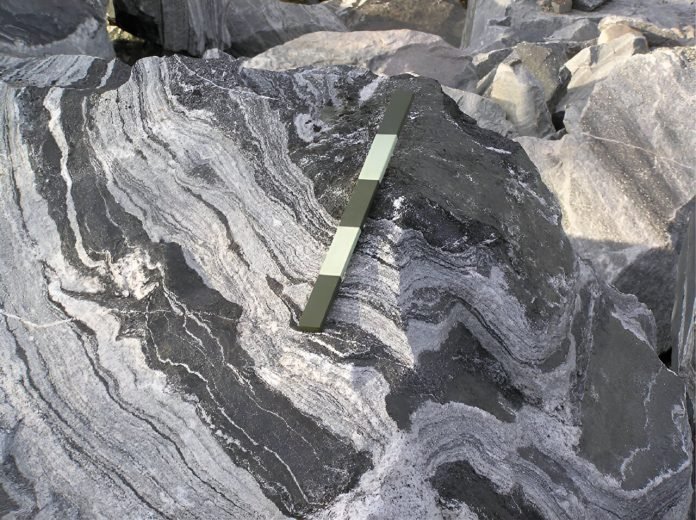
Long ago, during the Archean Eon, which was about 4 billion to 2.5 billion years ago, Earth was a very different place. Understanding how our continents came to be during this time has been a big puzzle for scientists.
But now, a team of geoscientists, led by Dr. Matthijs Smit from the University of British Columbia (UBC), has made a breakthrough in solving this mystery.
For a long time, scientists have been trying to figure out what exactly formed the early crust of our planet.
A lot of the Earth’s crust from the Archean Eon is made up of a special combination of rocks known as tonalite, trondhjemite, and granodiorite (or TTG for short).
These rocks are pretty important because they make up a big part of the continents we have today, like in North America, where they form a large part of the Canadian landscape.
The big question was: what created these TTG rocks? Earlier scientists looked at the trace elements in these rocks, trying to find clues about where they came from.
Trace elements are like tiny fingerprints that can tell us a lot about a rock’s history.
Dr. Smit and his team took a different approach. They tracked specific trace elements that weren’t changed by other geological processes.
This meant they could look back in time and figure out what the original magma (molten rock) that formed these TTGs was like. They found that the source of this magma was probably a type of rock called gabbro.
Dr. Smit points out something interesting: many people have countertops made of gabbro or similar rocks. So, when you’re cooking dinner, you might be using a type of rock that played a big role in forming our continents!
TTG rocks are still a big part of our continents. In North America, for example, they are found between the Cordillera mountains in the west and the Grenville and Appalachian mountains in the east, covering a huge area including parts of Ontario, Quebec, Manitoba, Saskatchewan, Northwest Territories, and Nunavut.
Dr. Smit’s team believes that the combination of TTG rocks and the slightly younger granite rocks can all be explained by their new model.
They think that these rocks formed because of the slow burial, thickening, and melting of the crust that likely resembled oceanic plateaus. Basically, as the crust got buried deeper, the rocks at the base melted, creating the TTG rocks that are so crucial for the continents.
This finding challenges the long-standing theory that the Archean TTGs were formed in Earth’s first subduction zones, which are areas where one part of the Earth’s crust goes under another.
It was thought that this process marked the start of plate tectonics, the movement of the Earth’s plates. But Dr. Smit’s research suggests that the continents could have grown without the start of plate tectonics or any external factors like meteorite impacts.
Dr. Smit’s team used a massive amount of data for their research. They looked at all the TTG samples ever analyzed worldwide over the past 30 years.
This helped them filter out any local differences or mistakes in the data, and see the real trends in the rocks’ composition. The data they used is available in an open-source database called the Geochemistry of Rocks of the Oceans and Continents, hosted by Georg-August-Universität in Göttingen.
In summary, this new research sheds light on a very old mystery: how the first real continents were formed. It’s a big step forward in understanding the early history of our planet.
Source: University of British Columbia.



